
In a team of three UX Designers, we conducted a thorough website review to identify user frustrations associated with clothing and textile donations. Recognizing the importance of reducing waste and aligning with Planet Aid's mission of making the world a better place, we designed a simplified flow that aimed to enhance users' experience throughout the donation process.
To ensure the effectiveness of our design, we conducted both primary and secondary research. In addition to analyzing existing data, we also conducted decontextualized interviews to gain valuable insights into users' frustrations related to accessing bin locations and donation information. By incorporating these findings into our work, we were able to create a user flow that provided a simple and streamlined path for users to access essential information such as best practices and bin/depot locations.
By enhancing the user journey, we sought to contribute to Planet Aid's mission and empower users to make a positive impact in reducing waste and promoting sustainability. Our collaborative effort and dedication to user-centered design resulted in a solution that significantly improved the overall experience of clothing and textile donations.
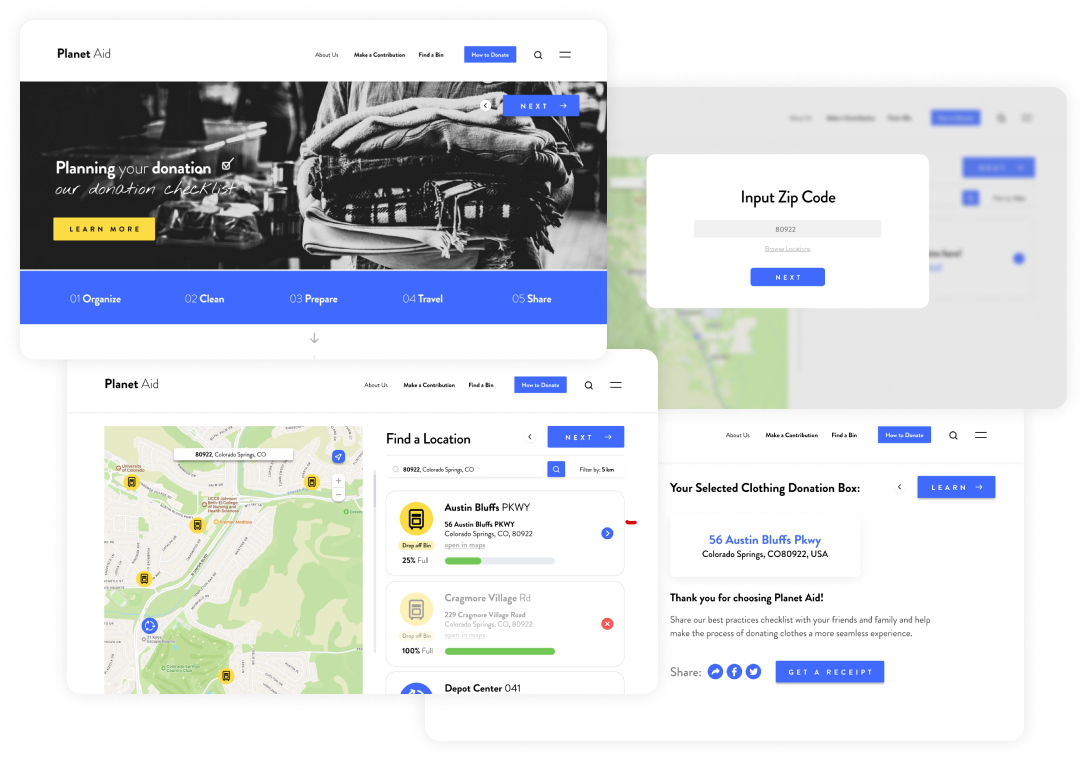
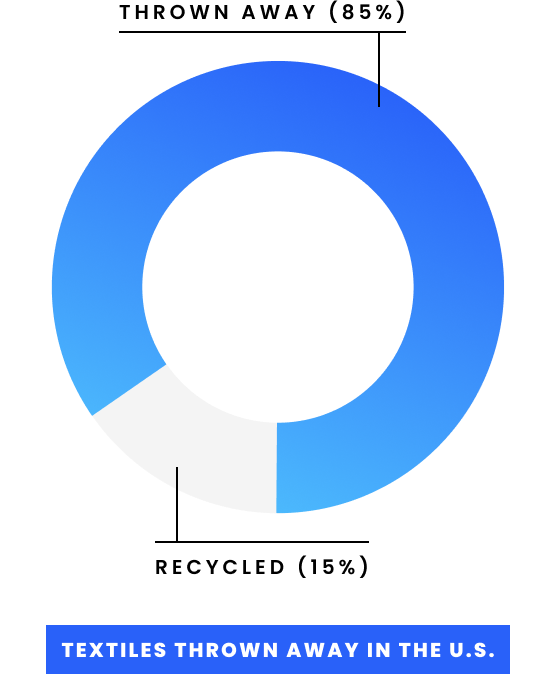
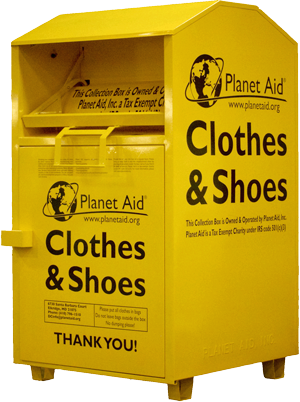
It's frustrating when you have to travel to a bin only to discover that it's overflowing and the area around it has become a dumping ground.
Donors want to do more, but they don't know how. They want peace of mind that their clothing is going towards something useful or towards people who need them.
The donor is hit with an overwhelming amount of options on the home page.
The Find-A-Bin button is fairly visible.
However, the Find-A-Bin page takes you to an error page if a bin isn’t close by, blocking the user from even seeing a map for them to judge the distance themselves.
This would leave users feeling defeated, frustrated and even more overwhelmed.
.png)
.png)
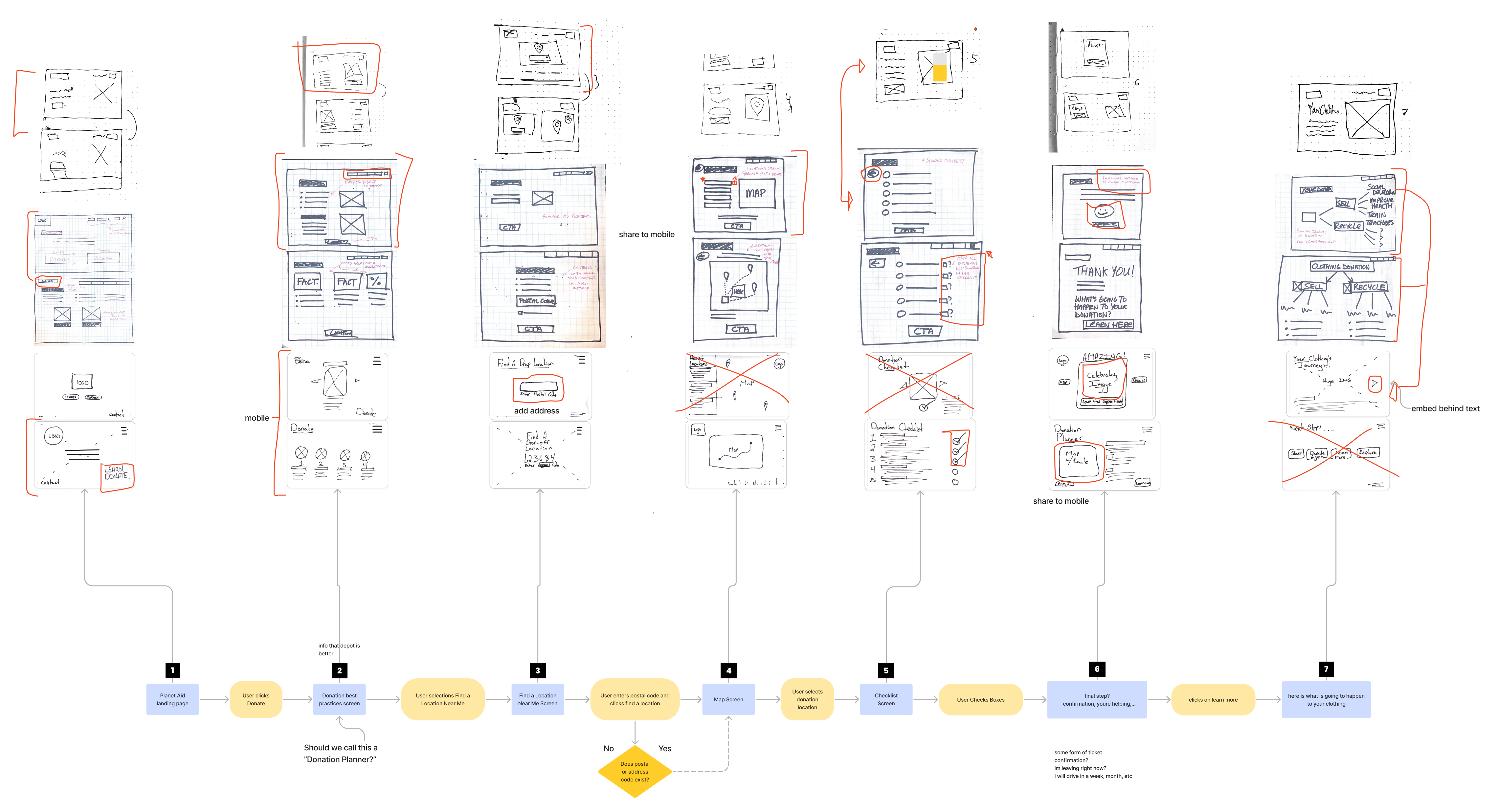
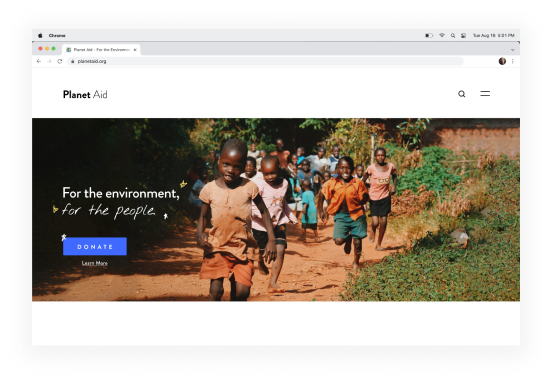
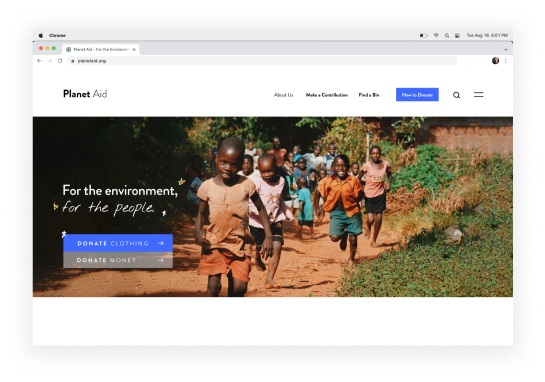
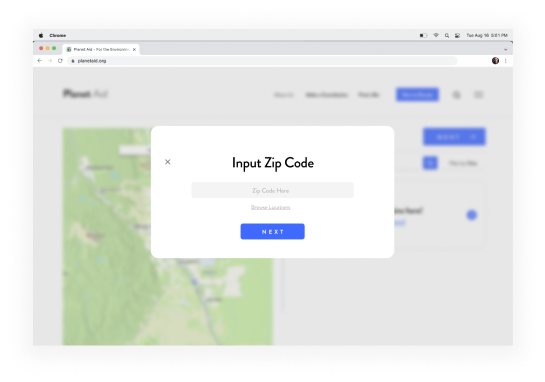
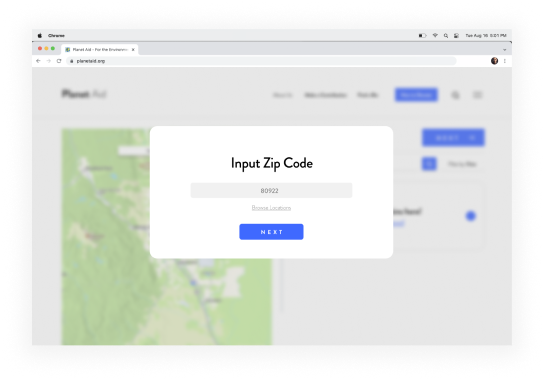

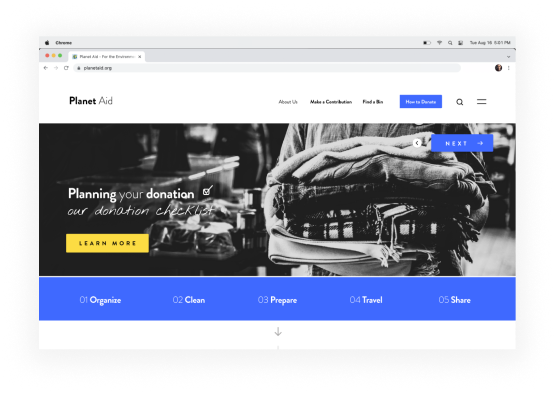
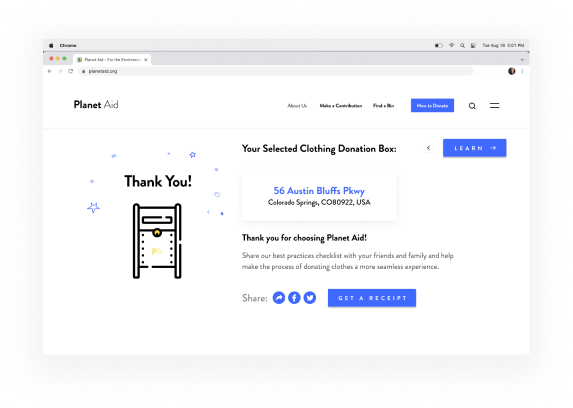


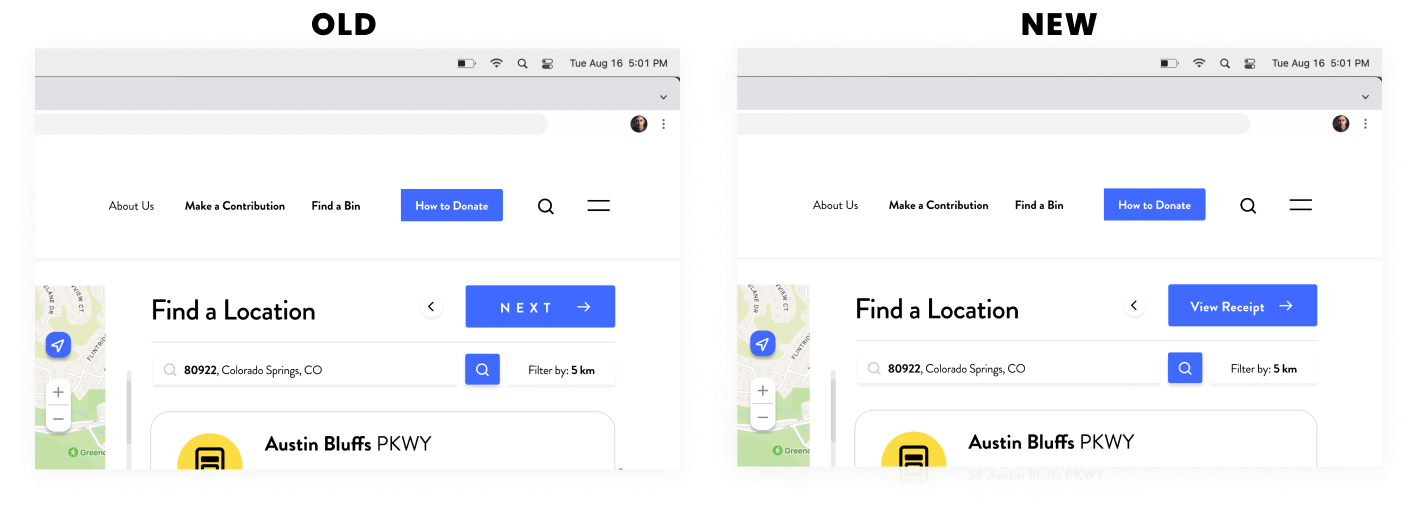
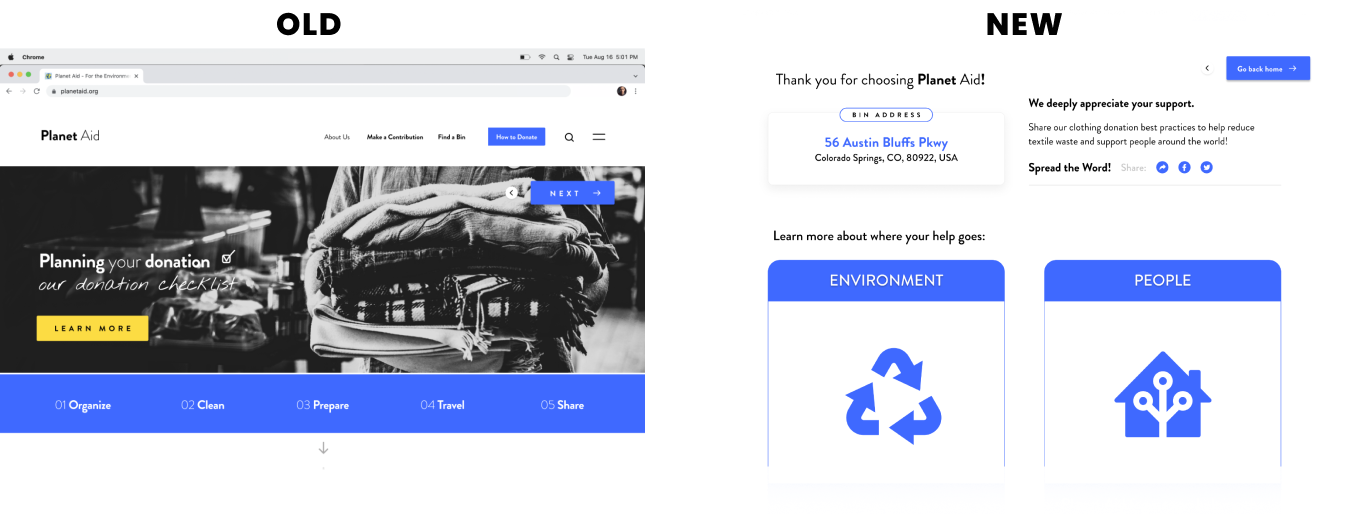
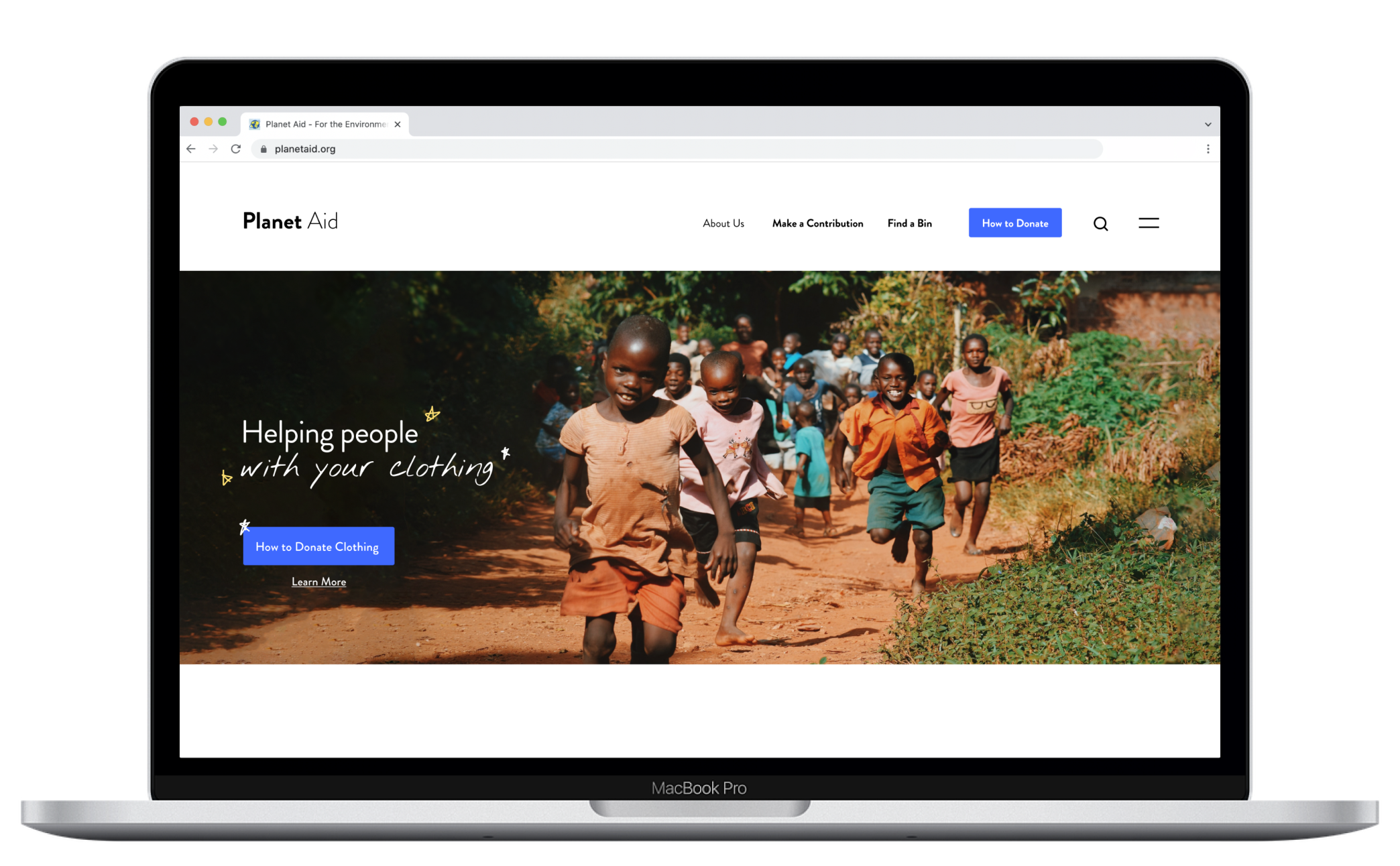
While the three of us all had fairly good ideas of what each screen should look like, our pseudo-crazy 8s exercise elevated the final product as the best idea won.
Connecting with teammates is important. It creates trust, accountability, and a great environment to thrive in. Our intentions aligned well and we were able to handle any challenge thrown at us!
While I understand nothing can be perfect, details matter when you're advocating for a new idea or thought you're convinced will improve the product. Our presentation was sharp as we practiced professionalism.